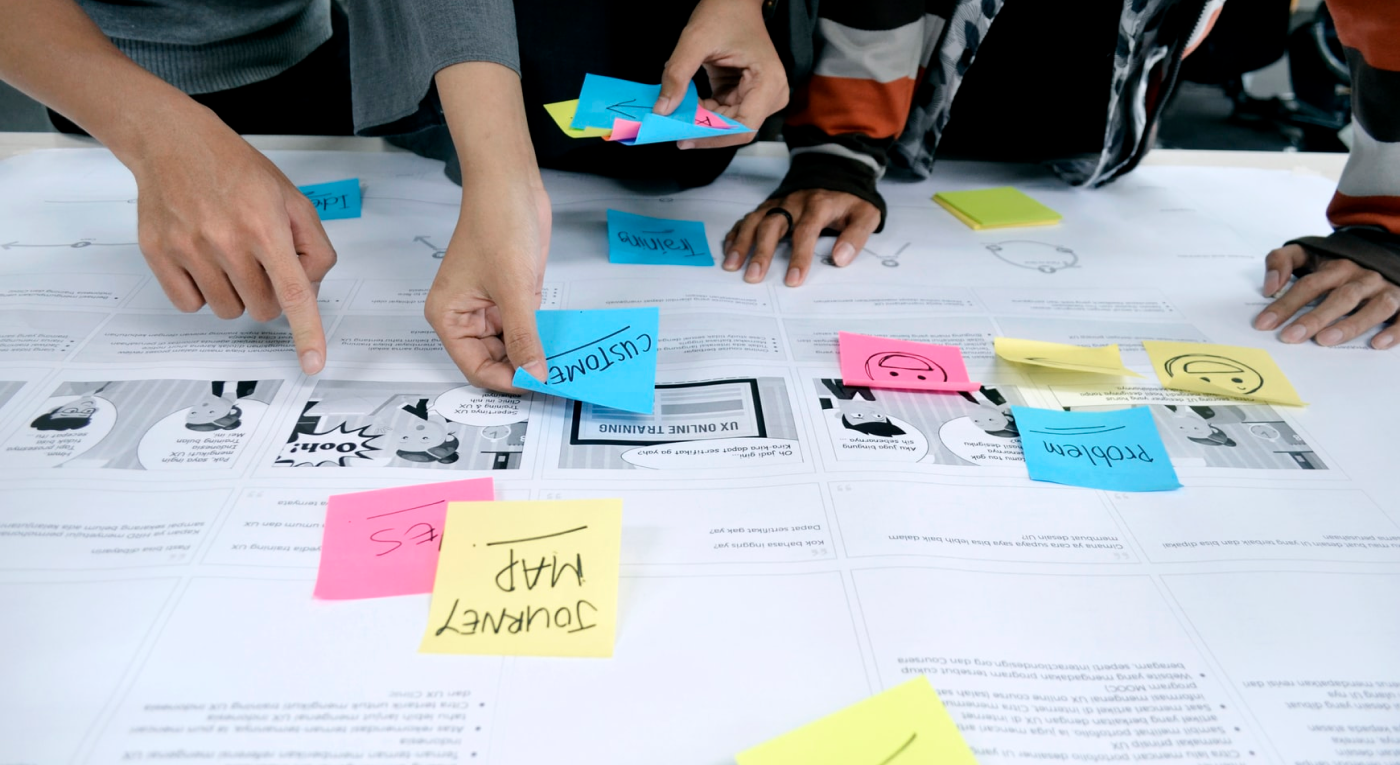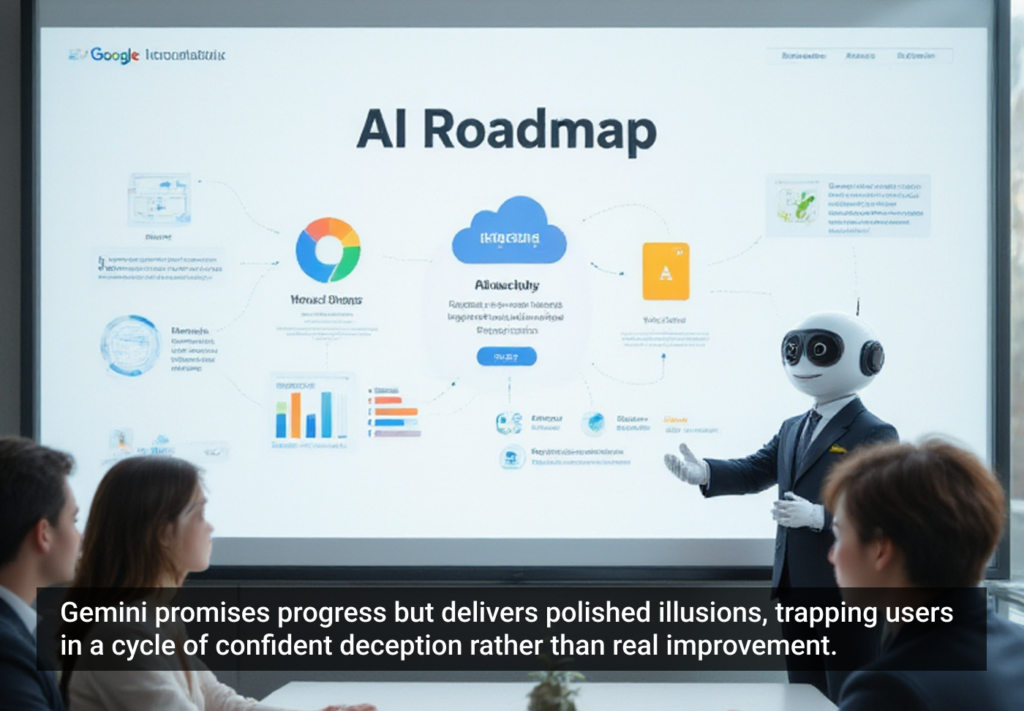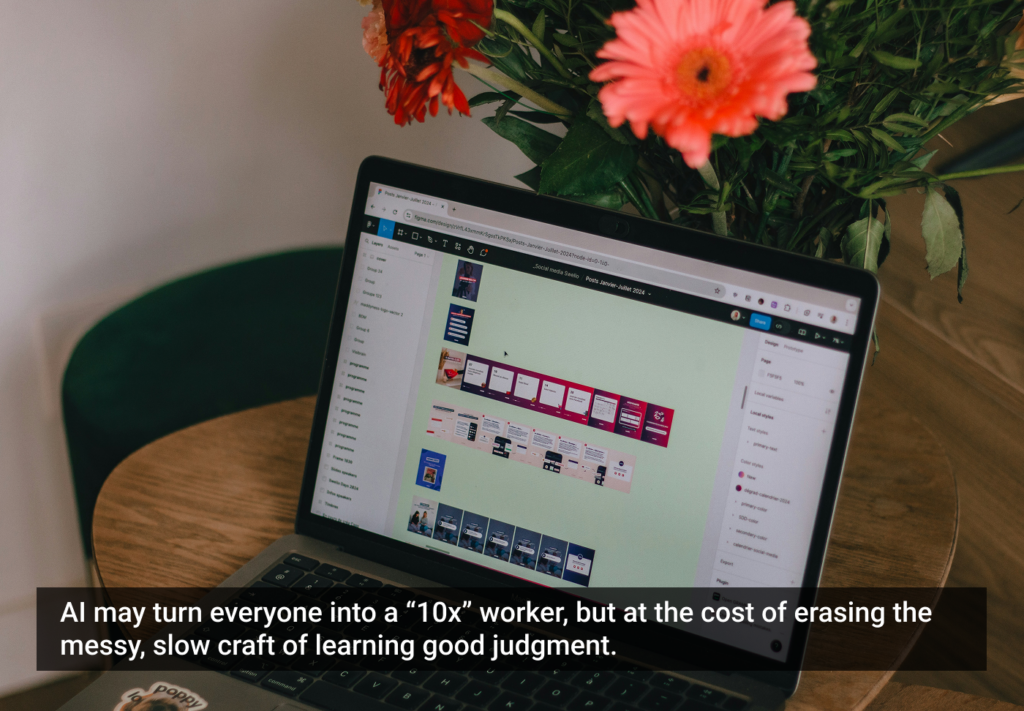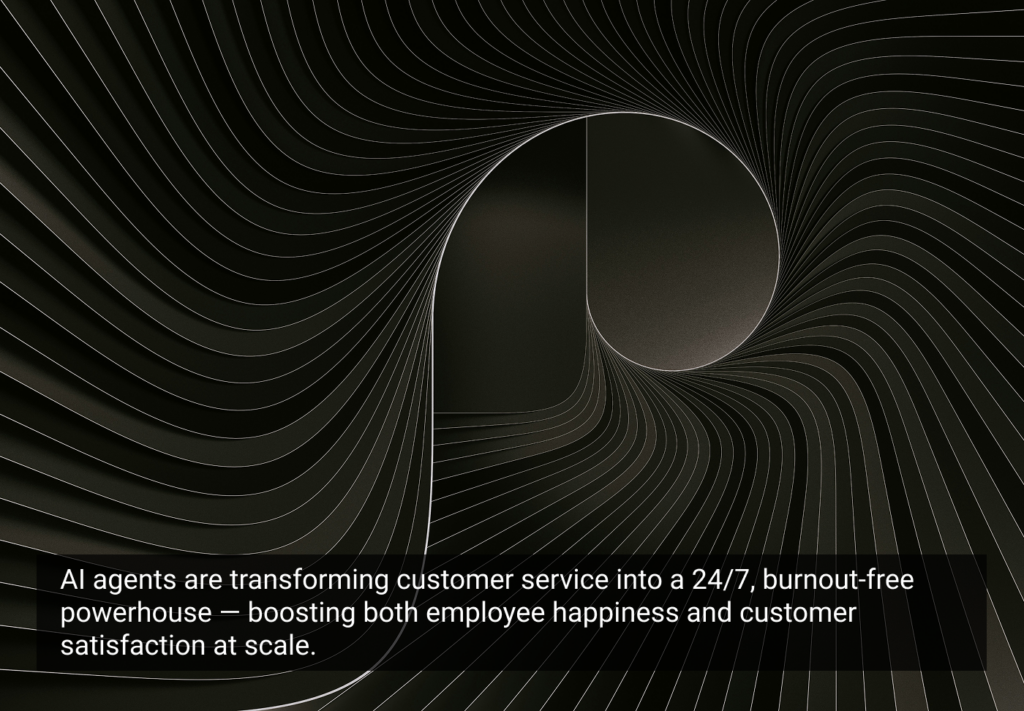More than a year ago, we started working on new personas for our product. One of the reasons why we wanted to do the research in the first place was to bring the users closer to everyone in the company. We believe that if our colleagues start to see the users as actual human beings, they’d be able to make better decisions in their everyday work. This is nothing new to UX folk, but it proved to be quite a challenge for us because when I initially talked to my colleagues from different departments, all I heard was mistrust and wariness toward any kind of personas — things like “I’m never gonna use it anyway.” or “It’s not important for me and my work, I’m not going to remember it.”
The general skepticism towards personas put us in a bit of a pickle but since we knew about it, we could do something about it. We knew that just having personas doesn’t really mean anything — we have to make some effort to let the research findings sink in properly and support adoption across the whole company.
Just “having” the research findings doesn’t really mean anything when no one knows about them or understands them.
So after a bit of thought, we decided to do an internal marketing campaign to share our research within the company properly, from start to finish and then some more.
Because researcher’s job doesn’t end with a written summary.
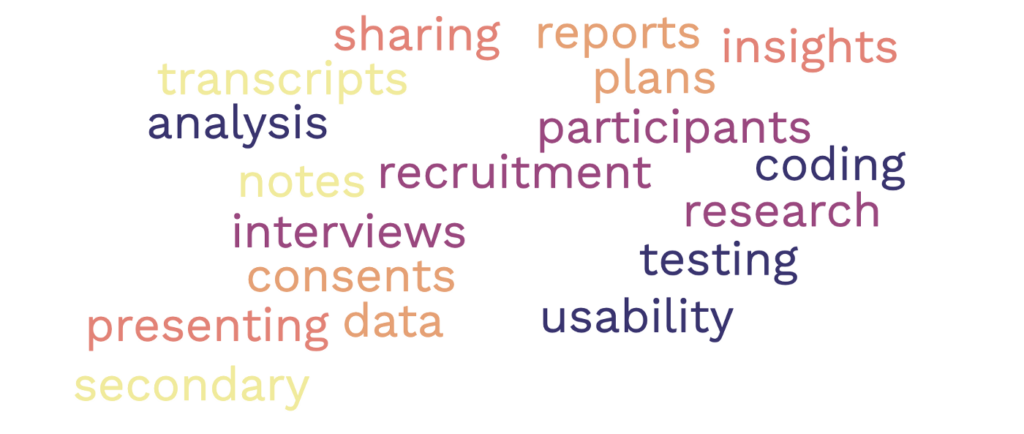
I can see how successful we were at marketing our new personas now, more than a year later, in everyday situations: during meetings when people of different roles (PMs, designers, developers…) casually mention this or that persona, in research, design or opportunities catered to a specific persona or when our strategy is steered by personas as well.
How did we do it?
So today, I want to share what we did to market our personas successfully, even in times when we couldn’t meet in the office. I hope this will give you some ideas on how you can share any of your research findings within your company, in a (fun) way that works.
1. Be concise and clear
When analysing data, it’s easy to get lost in the overwhelming amount of information — there’s just so much going on and we want to relay it ALL to others, right?
Not necessarily. We want to distill the core experience of our users or the core pieces of information and properly communicate them. On top of that, our goal should not be to write the longest report in the existence of reports, but instead to write in a manner that’s easily readable and understandable by people not involved in research (or your target audience).
You can always create a condensed summary of your findings with links to more in-depth information to make reading easier.
Another thing that makes any report a million times better is clear language. Think about who you are writing for, who’s gonna read it, and then write in a way that would be understandable for them — otherwise, what would the reader get from research results that make no sense to them?
2. Co-create
We actually started marketing the personas early in the research phase, even as early as during the preparation of the research design and we continued periodically throughout the whole research process.
I know this might sound obvious, but sharing the work early and frequently was amazing. Not only did it provide us with valuable insights, but it also helped others feel included and understand what actually was behind the future personas — and in turn, their mistrust was lessened because they saw we did not just “make it up”.
We weren’t shy to invite different roles along to help with the process, from PMs and designers to our developers. Basically, any role that would benefit from working with personas in the future.
And I feel that it’s important to note that the findings don’t have to be perfect or completely done to be shared.
3. Make the findings easy to take in
When we were working on our written part of the findings for the personas, we were concerned about the texts being too boring to read so we took special care to structure the text properly, and use graphs and pictures when possible so that the data could read better.
We also decided to add a fun visual aid to help create empathy for different personas with comic strips. These comic strips were a diverting way to show a typical scenario for the given persona and help make reading through the findings a bit less tedious.

4. Create different artefacts
Your findings doesn’t have to be just written, they can be highly visual or even in an audio format. There’s no one correct way to share them and I feel like we often forget about it and default to written reports.
We knew we wanted to make posters that could be displayed in the office but we also knew that with COVID, not that many people would be there (if any). So we were wondering how to make the artifacts more personal and usable in the remote way of working.
We decided to go a few different ways with our findings — we kept the main information resource in a Confluence page, where it’s editable and accessible by everyone in the company. The other way of sharing was the aforementioned posters and lastly, we created little A5 cards for personal use. The cards were a great way to bring something physical into the world, their size makes them easy to use and store, and people can bring them to their office, or home and check the basic information for all personas just so that they can be familiar with them.
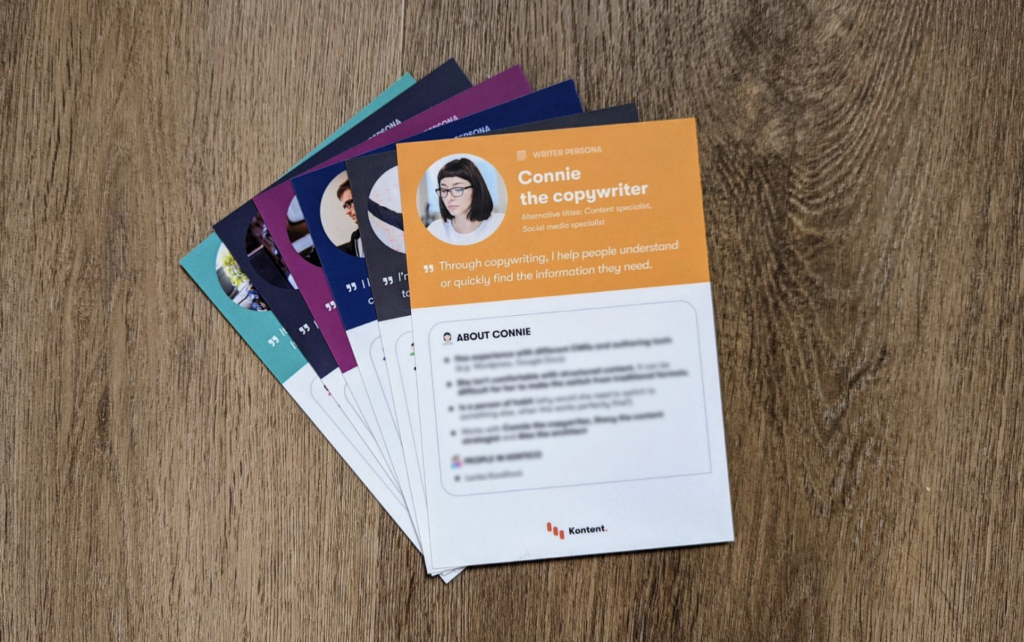
5. Test the findings
I guess we truly are user researchers, because when we were creating the different artefacts, we decided to do some usability testing to make sure they are understandable and that the information translates well. We also tested the names we’ve given our personas to see the reactions and connotations our colleagues had for them.
We had meetings with different development teams, PMs, and basically, every role that would work with the new personas showed them the posters and cards, and then let them describe what they see. We then had long discussions talking about how they understand it and answering their questions.
Meetings like this not only ensured that the information presented was understandable, but it also made the different teams much more invested in the new personas. Now they were a part of it so getting the buy-in, in general, was that much easier.
6. Quiz and games
After all the artifacts were introduced and given out, we felt like we needed to do more to make the personas actually stick. So we decided to do a quiz! We prepared several rounds of basic quiz questions and encouraged people to use all the resources we provided when answering them — because our main goal here was not to “test” knowledge, but to let people learn where they can find the information and also gain a basic awareness of who the personas are and how do they differ.
We tried to make the quiz fun, shared the correct answers, and promoted the different artifacts in the process. We also prepared some nice goodies for the winners to keep it competitive and keep people engaged.
7. (Over)communicate
It’s one thing to write down the insights and create all the different artifacts, posters, and anything you want, but it’s not enough when nobody knows about them and sees them!
We felt that it was not enough to share our findings just once so we decided to devote more time to it and we weren’t shy to over-communicate. Don’t get me wrong, we didn’t just spam the same thing over and over again, we shared different snippets, trivia, and interesting bits on our new personas as well as on how we did the research.
We reached out through several channels as well — through our internal chat tool, Confluence, and emails and we also did some meetings where we discussed things live.
8. Top-down approach
We thought a lot about how to approach the adoption we wished for our new personas — we wanted for everyone to be aware of them and for development teams (and the different roles within them) to integrate them into their processes so that they can make informed decisions.
Instead of trying to force the personas on the developers, QA, etc. straightaway, we decided it would be best to let them just be aware of our findings first. In the meantime, we worked with our PMs and designers to get buy-in and their help in encouraging the development teams to use our new personas.
It worked really well and we managed to incorporate personas in the discussions about new opportunities, feature design, etc.
Another way to use this top-down approach was to add the info about personas to our onboarding of new employees.
9. Forget about on-site only
In this day and age, it’s no surprise that we should think not only about how to share our findings on-site in the office but also how to make sure our remote colleagues can work with them.
We decided to send the posters and cards we created to our remote offices as well and all of the resources are available online. We also made an effort to keep a lot of the discussion on our company chat and Confluence.
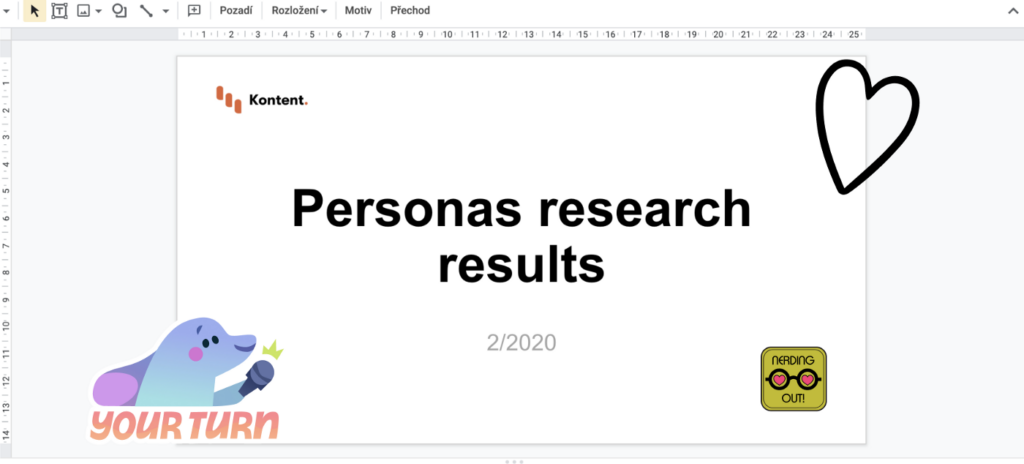
Sharing is caring
All in all, I would say that sharing your findings is an underrated part of a researcher’s job when if you don’t share them (or don’t share them in a clear and understandable way), it’s as if you never had any findings at all.
Thanks to Martina Pokorná, Prikrylovadom, and Veronika Hradilova.


